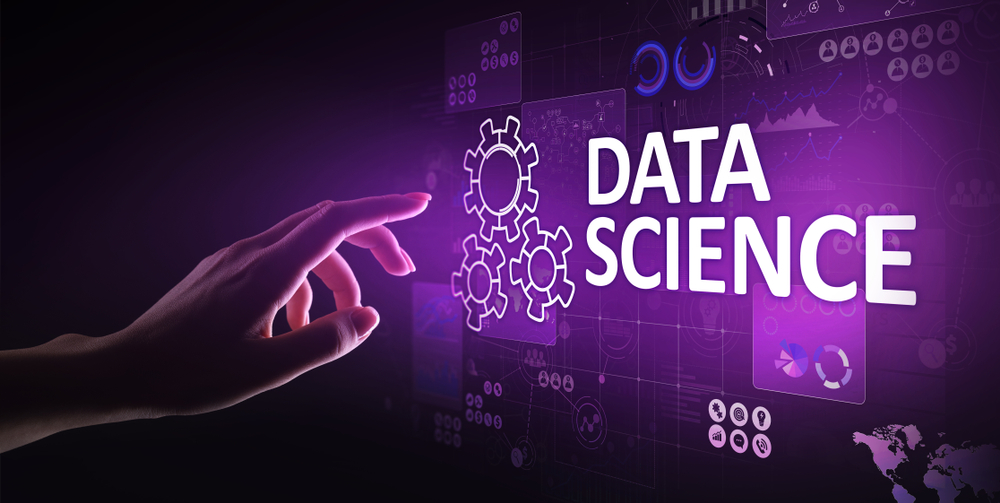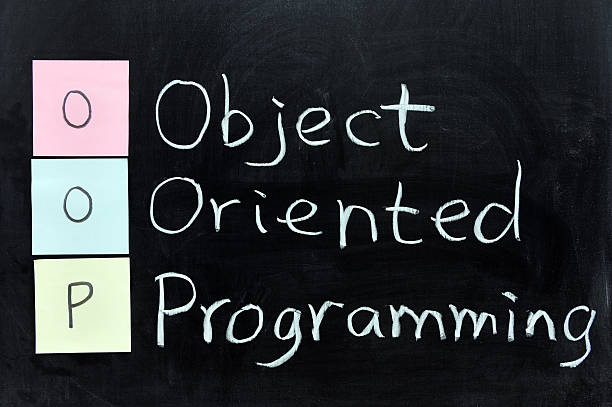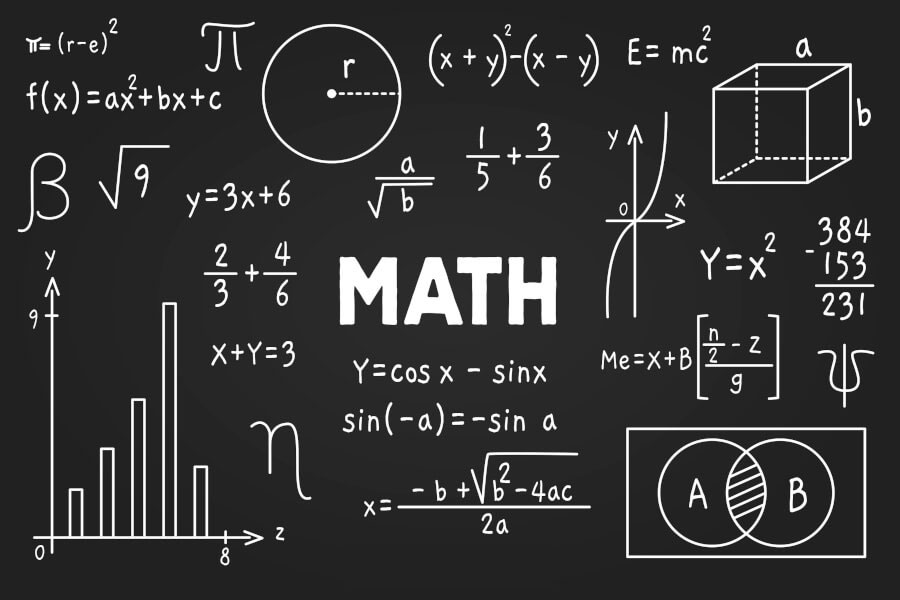In recent years, the terms data science and machine learning are often used interchangeably. This has led to the widespread belief that data science always involves machine learning (ML). While ML is a valuable and widely used tool in the data science toolkit, it is not a requirement in every data science task. Let’s break this down in technical terms and examine when machine learning is useful—and when it is not.

What is Data Science?
Data science is an interdisciplinary field focused on extracting meaningful insights from data. It combines:
- Statistics and mathematics
- Computer science and data engineering
- Domain knowledge (subject expertise)
- Communication and visualization skills
A data scientist typically works through stages such as data collection, cleaning, exploration, pattern detection, and presenting insights to support decisions. The tools and techniques used depend entirely on the nature of the problem—machine learning is one of those tools, but not always the best one.
What Is Machine Learning?
Machine learning is a subfield of artificial intelligence that enables computers to learn patterns from data and make predictions or decisions without being explicitly programmed for every task. ML excels in areas where:
- Data is large and complex
- Patterns are hard to define with rules
- Outcomes need to be predicted or classified
Typical ML applications include recommendation systems, fraud detection, and image recognition.
In data science projects, machine learning is helpful for prediction tasks—but it’s not necessary for tasks involving descriptive or diagnostic insights.
Data Science Existed Before Machine Learning
Before machine learning gained popularity, data science relied on traditional statistical methods. Analysts used tools like spreadsheets, SQL, and basic statistics to discover trends, test hypotheses, and support business decisions.
Examples:
- Regression analysis
- Hypothesis testing
- Time series forecasting with ARIMA models
- Data visualization and reporting
These methods continue to be essential today and do not involve ML algorithms.
Data Science Tasks That Don’t Require Machine Learning
Here are several common scenarios where data science is applied without ML:
1. Descriptive Analytics
- Reviewing past performance to understand what happened
- Tools: Excel, SQL, Power BI, Tableau
- Focus: Dashboards, reports, charts
2. Exploratory Data Analysis (EDA)
- Understanding data distributions, trends, and relationships
- Tools: Python (with Pandas, Matplotlib, Seaborn), R
- Focus: Charts, summaries, correlation matrices
3. Data Cleaning and Preprocessing
- Handling missing values, removing duplicates, formatting data
- Tools: Python, Excel, SQL
- Focus: Preparing data for further analysis
4. A/B Testing and Experiment Design
- Statistical comparison of two or more variations
- Tools: Python (SciPy), R, Excel
- Focus: Hypothesis testing, statistical significance
Limitations of Machine Learning
While ML is powerful, it is not always the best tool for every problem. Its use may be limited by:
- Data Requirements: ML needs large, clean, and relevant datasets
- Computational Demands: Some models require high processing power
- Model Complexity: Results may lack interpretability (black-box problem)
- Expertise Required: Not all teams have ML specialists
In many cases, traditional data analysis methods are more practical, especially when transparency, simplicity, or explainability is required (such as in healthcare or finance).
The Importance of Domain Knowledge
Context matters. A financial analyst might choose time series models like ARIMA, while a marketing analyst might rely on simple A/B tests or customer segmentation using basic clustering.
These tasks all fall within data science, even if machine learning is not used.
Tools Commonly Used in Data Science (Beyond ML)
A typical data scientist’s toolkit includes:
- SQL – querying and aggregating data from relational databases
- Excel/Google Sheets – quick data exploration and reporting
- Python/R – scripting, data cleaning, visualization, basic statistics
- BI tools – Tableau, Power BI, Looker for dashboards and reports
- Libraries: Pandas, NumPy, Matplotlib, Seaborn for foundational work
- ML libraries (optional): Scikit-learn, TensorFlow, XGBoost – only when prediction models are needed
ML tools are important, but they are only a part of the broader ecosystem.
Conclusion
Data science does not always require machine learning. While ML adds power and scalability to prediction problems, many data science tasks rely on statistics, logic, domain knowledge, and communication.
Understanding when and how to apply machine learning is more important than applying it everywhere. For most beginners, it’s best to:
- Master the basics of data handling, SQL, and visualization
- Understand core statistical concepts
- Explore ML once foundational skills are in place
With the right tools and a structured learning path, anyone can start building data-driven solutions—whether they involve machine learning or not.
For more such content and regular updates, follow us on Facebook, Instagram, LinkedIn




